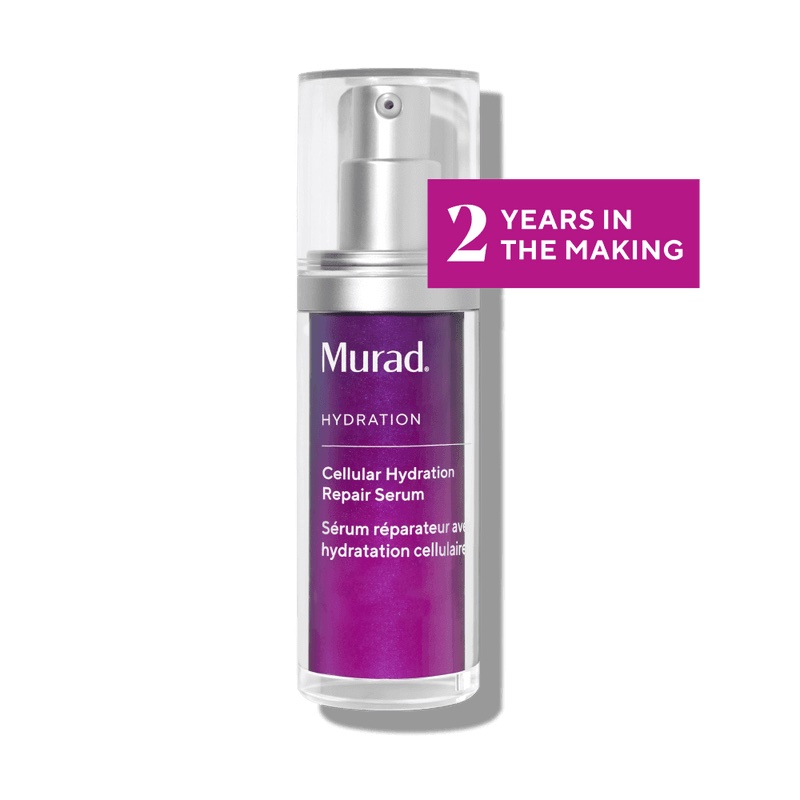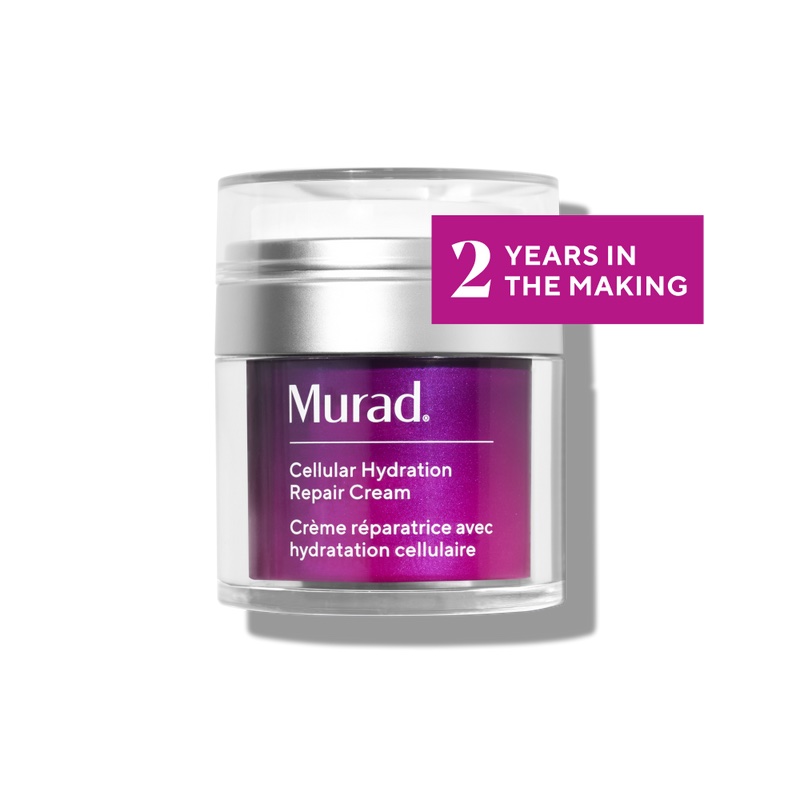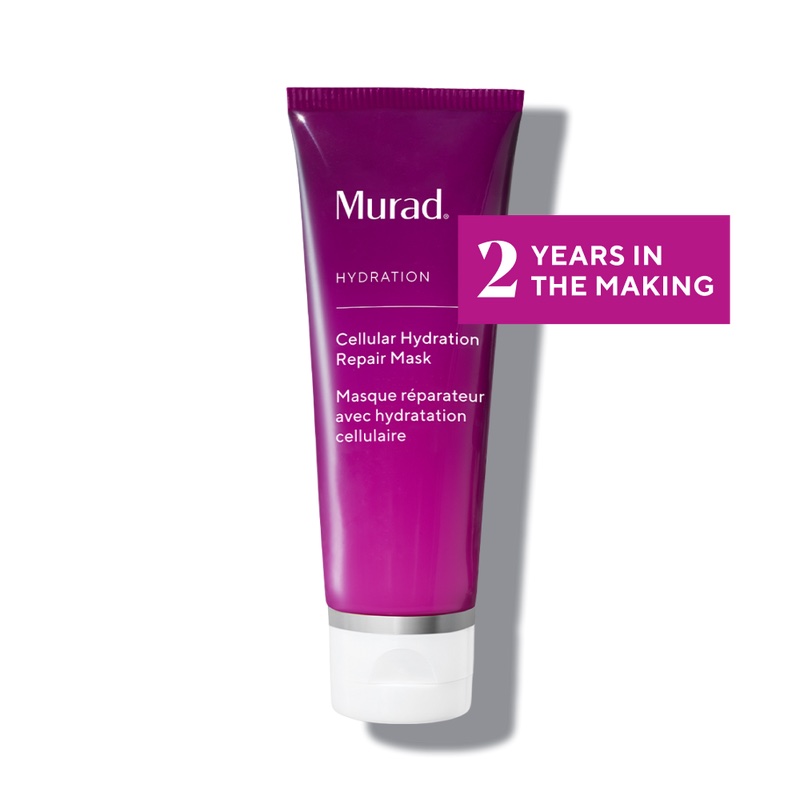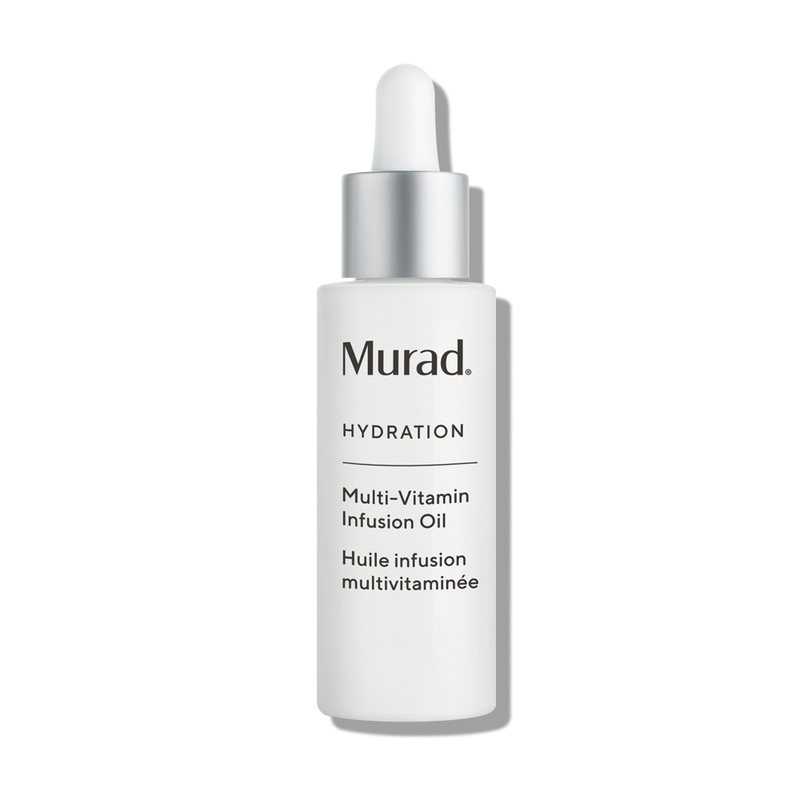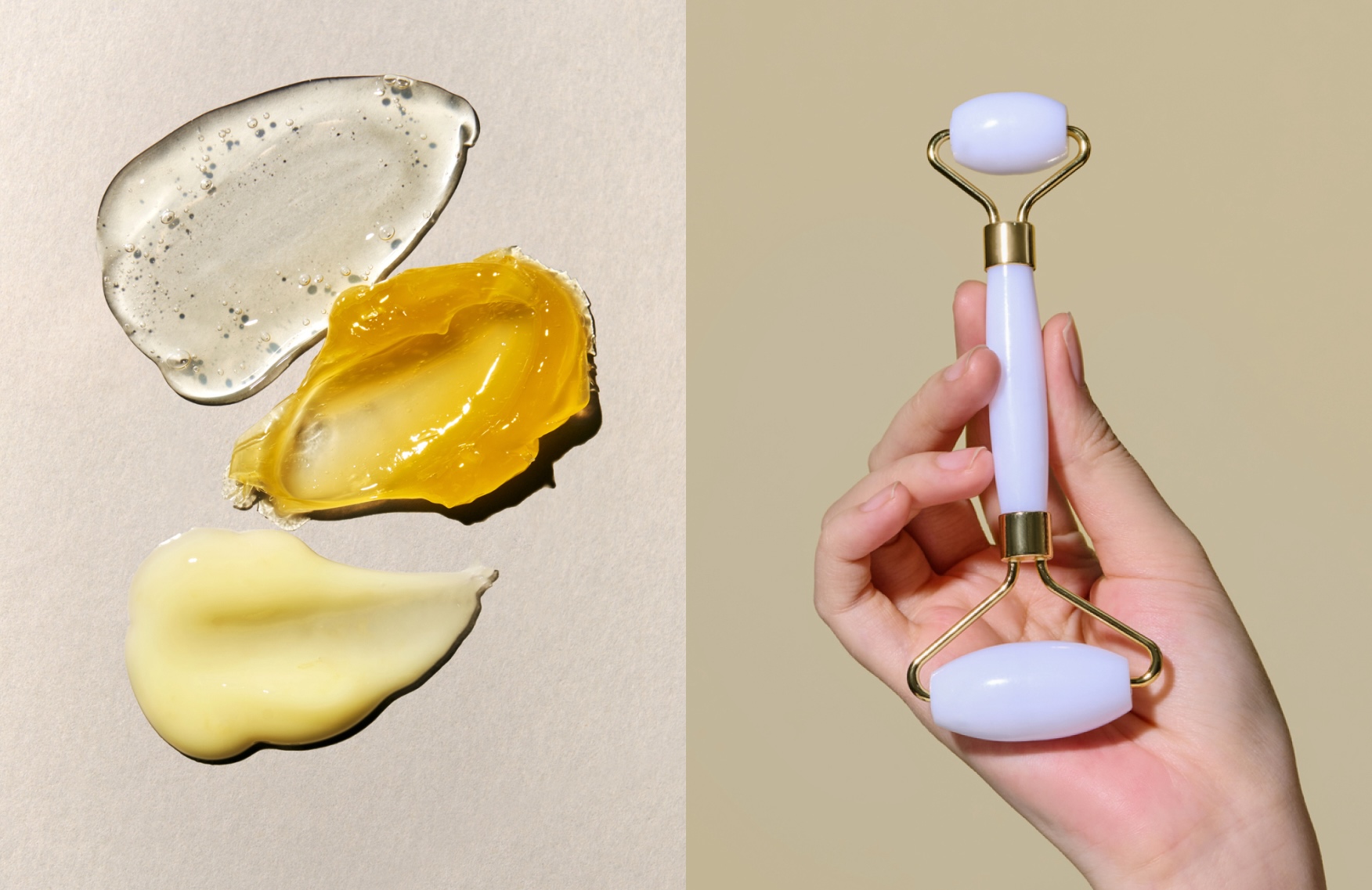Member of the over-exfoliation club? Here’s how to bring back a healthy skin barrier

From sloughing away dull skin to clearing up clogged pores, exfoliating is one of the best ways to get a fresh-faced glow. But like all good things, too much of it can be harmful. “As beneficial as exfoliation is, it’s just as critical to not overdo it because in excess, it can result in dry, red and tender skin,” says Dr. Adam Mamelak, an Austin-based dermatologist with dual board certifications in the U.S. and Canada. “That’ll make skin more susceptible to infection and other complications.” Find out if you’re an exfoliation junkie, why it can make your skin worse, and the one surprising tip all experts agree on here.
Look for the signs
If you’ve gone overboard with exfoliating, chances are your skin is already suffering with some of these common symptoms:
- Persistent dehydration
- Dryness and flakiness
- Redness and irritation
- Itchy patches
- Breakouts
- Uncomfortably tight, shiny skin
Also, be on the lookout for excess oil on your T-zone: “Sometimes your skin will create extra oil to compensate for over-exfoliation, which can lead to further congestion and the urge to do it all again. It becomes a vicious cycle,” Dr. Mamelak warns.
Long-term side effects
It’s easy to get addicted to the complexion-boosting benefits of acids and scrubs, but they can sometimes do more harm than good. Holly Crisp, owner of Silk Space Clinic in Auckland, New Zealand, explains: “Our stratum corneum combined with sebum creates our skin barrier—imagine it as the roof of a house. By over-exfoliating, we can damage this barrier and create gaps or holes.” In other words, you’re leaving the interior layers of your skin exposed to sun, dirt, excess sweat, pollutants, bacteria and makeup—all of which can cause damage to your skin cells and age us faster.
Skinimalism for the win
So are you a member of the over-exfoliation club? Don’t panic, the damage is reversible. But be prepared to pare down your routine ASAP. “You can absolutely repair damage from excess exfoliation,” Crisp reassures. “Discontinue use of all types of exfoliants for a few weeks to allow your stratum corneum and skin barrier to rebuild. During this time, use soothing serums with antioxidants, vitamins, peptides and/or hyaluronic acid to repair the skin barrier more swiftly.”
The experts’ exfoliation Rx
While your exfoliation routine can depend on multiple factors like climate and skin type, Dr. Mamelak’s general magic number is three times per week if you’re on the oily side, or one to two times per week if you have dry or sensitive skin. And remember that not all exfoliants are created equal—chemical formulas are often recommended by dermatologists and aestheticians for their short- and long-term benefits. “Opt for skin-penetrating chemical exfoliants like enzymes, hydroxy acids and retinol,” Crisp says.
Lastly, both Dr. Mamelak and Crisp point out that the most important exfoliation rule to remember has nothing to do with scrubbing or sloughing at all: After you exfoliate, always follow up with SPF and avoid direct sun exposure immediately afterwards—period.
